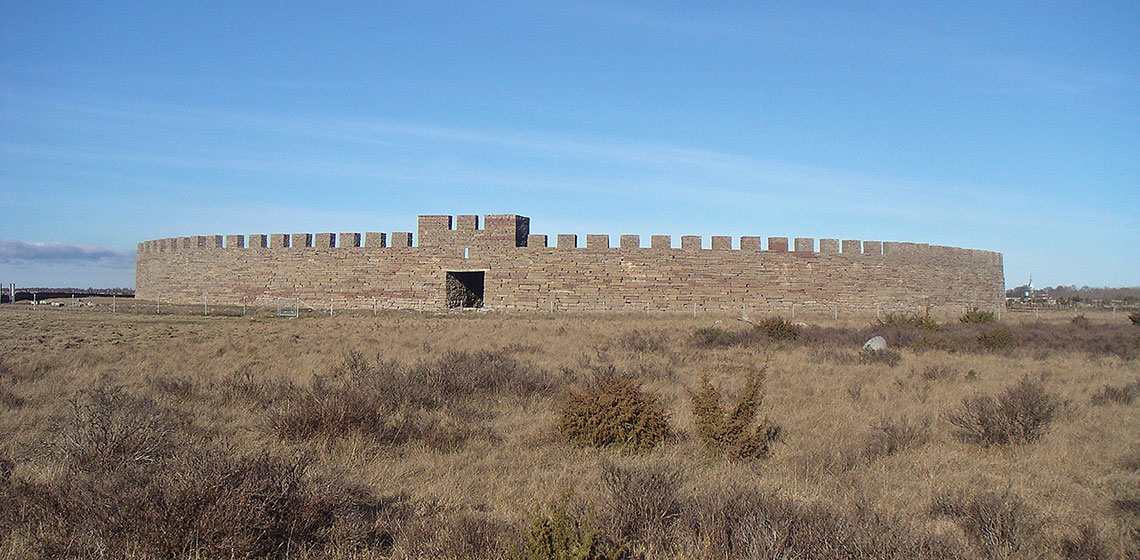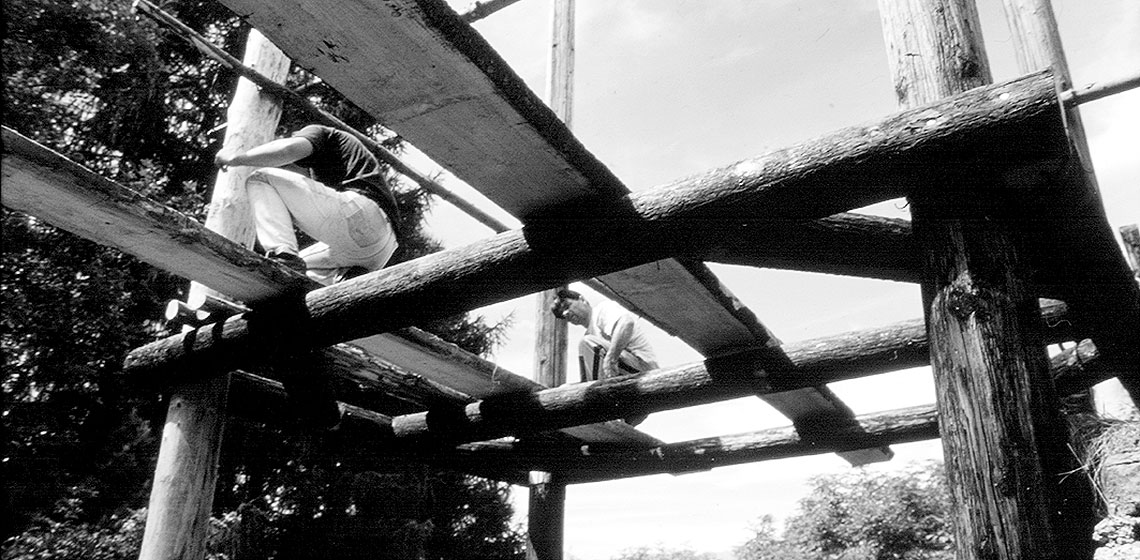Archaeological Open-Air Museum
The Scottish Crannog Centre: Sustainable Thinking through Time and Place
To Reconstruct a Sacrificial Site
The site
Eketorp fort on southern Öland is a prehistoric ring fort excavated between 1964 and 1974. The excavations showed that the first fort on this location was built in the fourth century AD (Eketorp I). About one hundred years later, it was torn down and then re-built on the same spot. The new fifth-century ring fort (Eketorp II) served as a fortified farmers’ settlement for about 250 years until it was abandoned in the late seventh century (Borg, Näsman, & Wegraeus 1976).
Mock-up Presentation of the Gate Tower to the Hill Fort at Liptovská Mara
The author (Dr Oto Makýš from Department of Building Technology, Faculty of Civil Engineering, Slovak University of Technology, Bratislava, Slovakia) discusses the importance of including maintenance costs while planning an experimental construction based on the example of Liptovská Mara...



